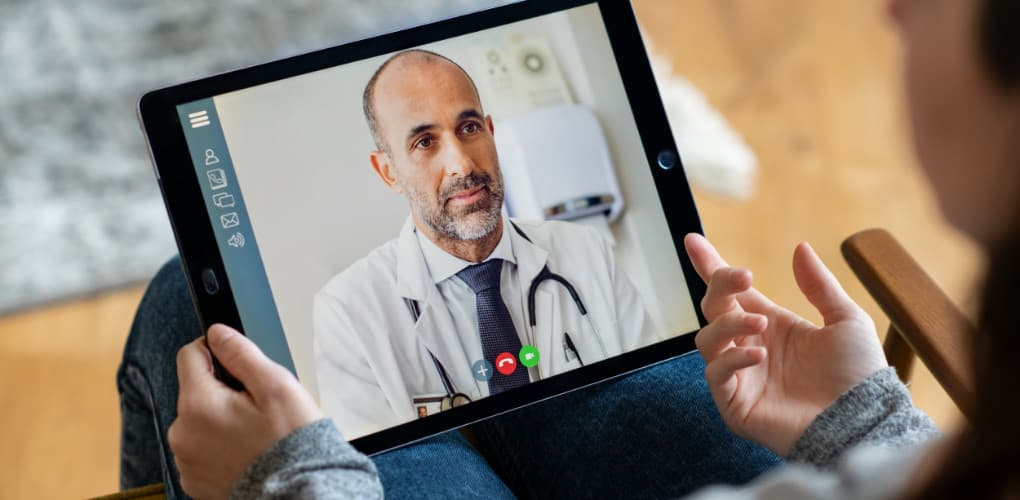< Back to Publications & Resources
Reducing Patient Wait Times Can Boost Patient Satisfaction

It’s no surprise there’s a link between the amount of time patients spend waiting for appointments and their overall satisfaction with care. In short, the less time they spend waiting, the happier they tend to be.
According to a 2018 Vitals Wait Time Report cited by Patient Engagement HIT, 84% of patients stated that reasonable wait times were either “somewhat important” or “very important” to a quality experience. In addition, 30% reported leaving appointments early because of wait times.
The report also identified that healthcare facilities with the highest ratings had short wait times (around 13 minutes), while hospitals with the lowest ratings had waits over half an hour. Experts emphasize that long wait times may not be the cause of the low ratings, but they could be indicative of other issues. “More likely a doctor who can’t watch the clock may not be effectively managing other parts of the practice that impact the patient experience,” says Vitals founder and chairman Mitch Rothschild.
Strategies to reduce patient wait times
Reducing patient wait times not only benefits patients but also helps medical practices run more smoothly while minimizing physician stress. Following are strategies to help physicians and healthcare facilities reduce patient wait times and boost satisfaction:
- Strategically schedule appointments during times that are less busy for the practice and make sure more physicians are available to work during high-volume periods.
- Encourage continuity of care. “When a patient visits with their physician and there is established continuity of care, appointments are faster,” says MDLinx’s Naveed Saleh, MD. He also adds that care continuity also improves clinical outcomes and reduces costs.
- Utilize online resources. There are a variety of digital tools that can help expedite patient care. For example, scheduling and correspondence done through a patient portal rather than over the phone reduces the burden on office staff. Asking patients to fill out questionnaires online, ahead of visits, may help accelerate appointments, as well. MedCity News says that allowing patients to check in online can also improve the waiting experience and also allows office staff to address other tasks.
- Redistribute workload. In an article by the Institute for Healthcare Improvement, Mark Murray, MD, says that taking unnecessary work from physicians and assigning it to other members of the team “frees up the providers to do the work they are unique and essential for.”
- Delegate managerial tasks. Saleh explains that asking receptionists to multitask by answering phones, checking in patients and scheduling appointments is inefficient. Instead, he advises that each receptionist should be assigned a particular task and one person should concentrate on interacting with patients in the office.
MLMIC encourages our insureds to examine their own internal processes and explore ways to improve the patient experience.



